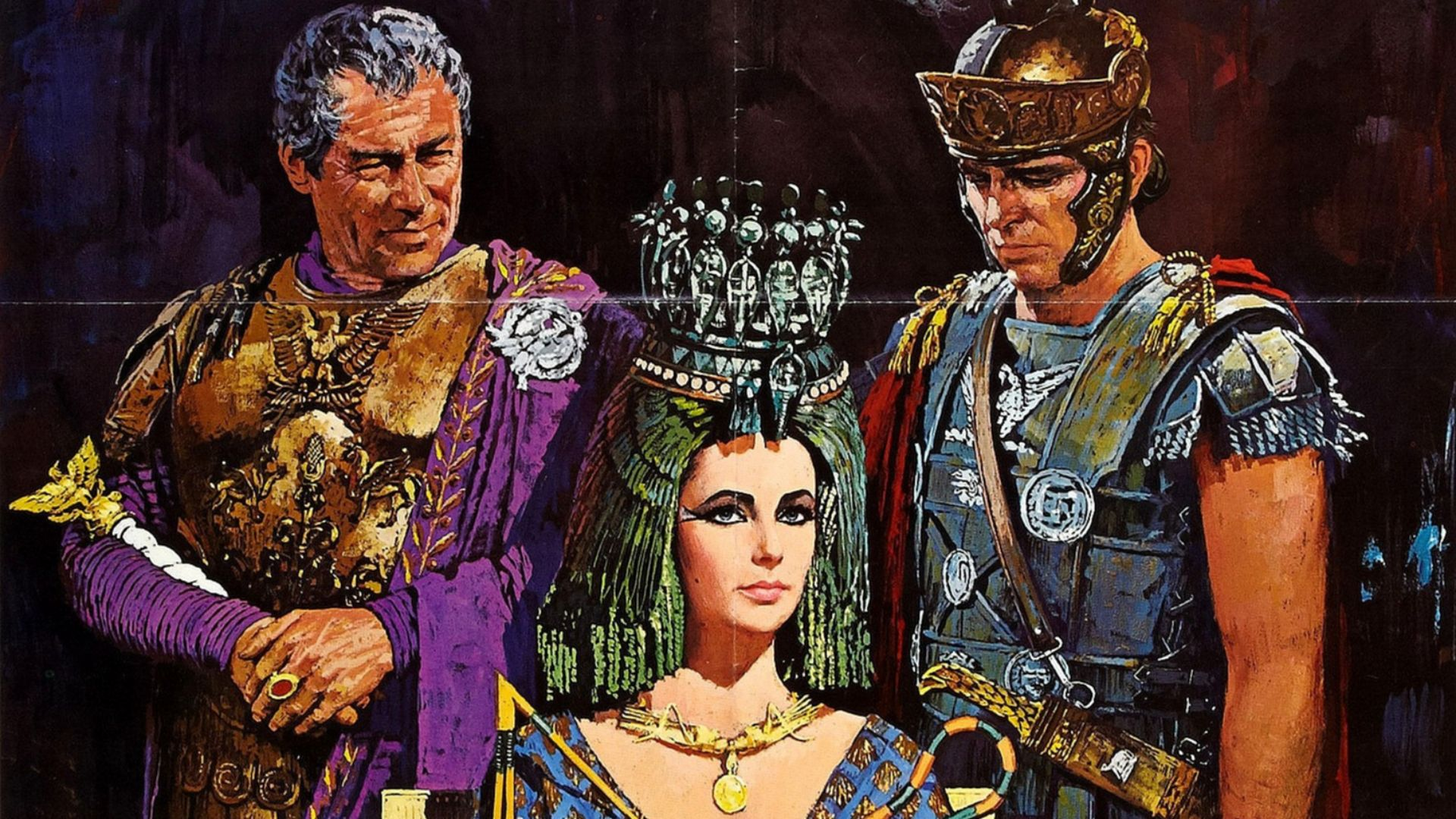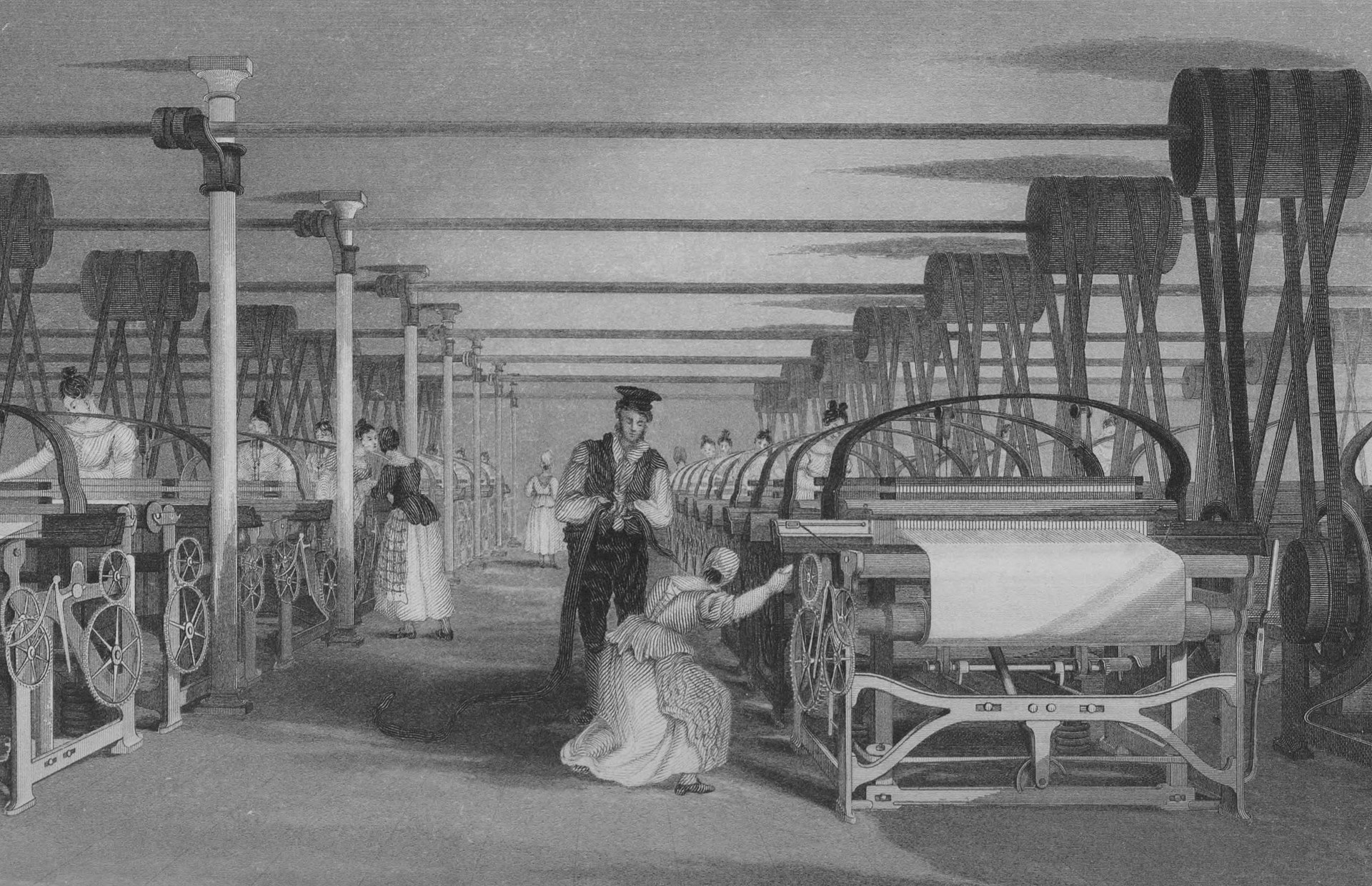Italy’s Timeless Treasures
Italy is like a living museum. Beneath its cobbled streets and sunlit piazzas lie relics older than entire nations. Think about prehistoric art and ancient roads still in use. Here we take a closer look at 20 of the oldest, most sublime things you can actually find scattered throughout Italy today. Let's dive in!
1. Monte Poggiolo Tools
Evidence of early human presence in Italy comes from near Forlì with the discovery of crude stone tools. These artifacts, dating back roughly 850,000 years, hint at the existence of Homo heidelbergensis or a related hominin species. Their basic design presents the technological skills of these ancient people.
2. Iceman Ötzi’s Copper Axe
Within the remains of Ötzi the Iceman, found in the Ötztal Alps, lay a copper axe dating to around 3200 BCE. This tool's sophisticated creation features a cast copper blade attached to a wooden handle. It brings back to life the advanced metalworking knowledge present in the Alpine region during the Copper Age.
3. Nuraghe Structures In Sardinia
Unique to the island, the megalithic Nuraghe towers began to appear during the Bronze Age, around 1900 BCE. The structures are scattered across the Sardinian Terrain, likely serving defensive or societal roles. This site is a recollection of a distinctive ancient civilization.
4. Valcamonica Rock Engravings
Across the Lombardy valley, thousands of petroglyphs form one of Europe's most extensive collections of prehistoric rock art. These carvings were etched over vast periods starting in the Paleolithic era. They illustrate ancient human life through scenes of hunting and agriculture.
5. Terramare Settlements Of Emilia-Romagna
In the Late Bronze Age (c 1600-1200 BCE), organized communities known as Terramare flourished. Often built on piles near rivers, their advanced hydraulic systems and metalworking tell a lot about the early Italic societies.
6. Tomba dei Rilievi, Cerveteri
It’s a 4th-century BCE tomb that provides an extraordinary glimpse into Etruscan culture. Sculpted reliefs adorn its walls, depicting everyday objects and funerary practices in remarkable detail. They offer important information about Etruscan material life and beliefs concerning the afterlife.
 Roberto Ferrari from Campogalliano (Modena), Italy on Wikimedia
Roberto Ferrari from Campogalliano (Modena), Italy on Wikimedia
7. Temple Of Hera, Paestum
This temple is a well-preserved example of ancient Greek architecture. Greek colonists erected it in the 6th century BCE. Dedicated to the goddess Hera, its massive columns and creative construction highlight the architectural achievements of Magna Graecia in southern Italy.
8. Egnazia’s Messapian Walls
In Puglia, the impressive defensive walls of Egnazia, constructed by the Messapian civilization around the 4th-3rd centuries BCE, still stand. Fashioned from large stone blocks, these fortifications illustrate the Messapians' capacity for organized labor and their efforts to protect their territory from neighboring groups.
9. Cloaca Maxima, Rome
Though its structure evolved over time, the origins of this significant sewer system trace back to Rome's early kingdom, possibly the 6th century BCE. Initially an open drain, its later covering played a vital role in draining marshy areas and supporting the burgeoning city.
10. Appian Way (Via Appia)
The construction of this Roman road commenced in 312 BCE. It links Rome to Brindisi in southern Italy. This "queen of roads" became an artery for trade, military transport, and cultural exchange throughout the expanding Roman realm.
11. Pantheon’s Original Foundation
The current iconic structure dates to the 2nd century CE. But the initial Pantheon was commissioned during the reign of Augustus (around 27 BCE) by Marcus Agrippa. Though destroyed by fire, its original foundation still speaks of an early ambition for monumental architecture in Rome, dedicated to all the gods.
12. Pompeii’s Preserved Forum
Pompeii’s forum has been frozen in time by Mount Vesuvius's eruption in 79 CE. Still, it offers an unparalleled look into Roman urban life. This central public space, surrounded by important civic and religious buildings, reveals the layout and functions of a bustling Roman city center during the early imperial period.
13. Colosseum Substructures
Under the arena floor sits a maze of tunnels and chambers built after 80 CE. Gladiators and animals waited here before the battle. It also held lifts and traps that helped create the dramatic shows that thrilled ancient Roman crowds.
 Paul VanDerWerf from Brunswick, Maine, USA on Wikimedia
Paul VanDerWerf from Brunswick, Maine, USA on Wikimedia
14. Arch Of Titus
Erected in 81 CE by Emperor Domitian, this triumphal arch commemorates his brother Titus's victories in the Jewish War. Located on the Via Sacra in Rome, its reliefs depict scenes from the siege of Jerusalem, serving as a symbol of Roman imperial power.
15. Roman Aqueduct In Segni
This well-preserved Roman aqueduct dates back to the late 1st century CE and showcases the advanced hydraulic knowledge of the time. Its arches and channels transported water over long distances to supply the town of Segni, highlighting Roman infrastructure prowess.
16. Domus Aurea (Nero’s Golden House)
Emperor Nero constructed this extravagant palace after the Great Fire of Rome in 64 CE. Though largely dismantled later, its extensive grounds, opulent decorations, and innovative architectural features—like the octagonal hall—gave a hint of Nero's ambition and the grandeur of early imperial residences.
17. Amphitheater Of Capua
Predating the Colosseum, this amphitheater in Capua was the second largest in the Roman world. Its construction began in the 1st century BC and was popular for its gladiatorial contests. It even served as a training ground for Spartacus, the leader of the well-known slave revolt.
18. Villa Romana Del Casale Mosaics
Located in Sicily, this lavish Roman villa, dating to the early 4th century CE, is exceptionally well-preserved and has vibrant mosaic floors. These artworks depict mythology and daily life scenes. They are a symbol of late Roman aristocratic culture.
19. Baths Of Caracalla
Construction of these grand public baths in Rome began under Emperor Septimius Severus in AD 206 and was completed by his son Caracalla in AD 216. More than just bathing facilities, this sprawling complex included gardens and exercise areas, speaking of the Romans' emphasis on leisure and social interaction.
 Ethan Doyle White on Wikimedia
Ethan Doyle White on Wikimedia
20. Florence Baptistery's Foundations
While the current octagonal structure was completed mainly in the 12th century, archaeological evidence suggests earlier Roman buildings occupied the site. These foundations point to the long history of this central Florentine location, possibly dating back to late antiquity or the early medieval period.
KEEP ON READING

20 Fascinating Facts About Ancient Egypt
Beyond the Pyramids. Did you have an Ancient Egypt phase…
By Ashley Bast Jul 15, 2025
20 Trailblazing Figures From the First Industrial Revolution
Vive la Révolution. Life used to be slow. Populations tended toward…
By Ashley Bast Jul 14, 2025
The 20 Most Lethal Leaders In History
When Power Gets Into The Wrong Hands. While certain leaders…
By Emilie Richardson-Dupuis Jul 14, 2025
The History of Fast Food: 20 Menu Items That Changed…
From Frosty's to Fried Chicken. Fast food didn't just appear…
By Farva Ivkovic Jul 11, 2025
From Sin Eaters To Whipping Boys: 20 Of The Strangest…
Would You Do These Jobs?. The professional world is always…
By Farva Ivkovic Jul 10, 2025
10 Successful Pirates History Forgot & 10 Iconic Legends That…
A Pirates Life. History is full of legendary and intimidating…
By Farva Ivkovic Jul 9, 2025


















